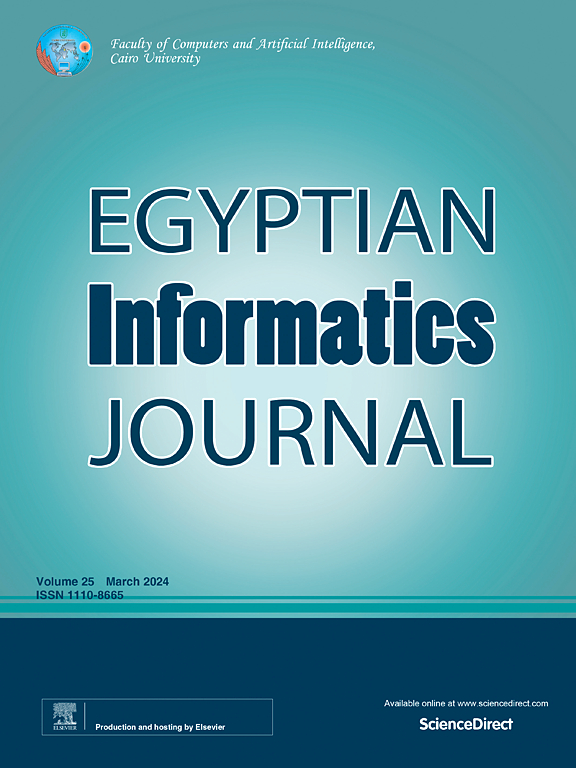区间值灰狼优化算法拟合函数下不同付款策略的绿色产品区间值库存模型
IF 5
3区 计算机科学
Q1 COMPUTER SCIENCE, ARTIFICIAL INTELLIGENCE
引用次数: 0
摘要
许多研究探讨了各种支付方式的定价和批量大小策略,但大多数研究主要侧重于买方的角度。而本研究则从另一个角度探讨了这些策略,并纳入了经常被忽视的关键相关因素。当卖方接受买方赊账时,销售量会增加。然而,当卖方要求买方提前付款时,销售量就会减少。为了提高销售额和利润率,卖方偶尔会降价以换取首付款。要求客户支付首付款可以赚取利息,而且没有任何违约风险。当供应商向客户提供赊账付款选择时,较高的延迟付款期设施计划可能会提高销售量,但也会增加违约风险。为了使单位时间内的利润最大化,供应商要同时确定最佳销售价格、补货计划和付款方式。具体做法是比较并计算供应商在赊账、现金和预付款方式下的单位时间利润。具体做法是比较和计算赊账、现金和预付款方式下卖方在每个时间单位的利润。通过数值分析,突出了以下管理影响:(1)在特定条件下,三种可用付款方式中的某一种付款方式能为卖方带来最高利润。(2) 如果需要预付款,卖方必须降价。(3) 如果在从赊销转为预付款的过程中,销售量没有明显下降,则预付款的利润高于延迟付款,反之亦然。为了解决优化问题,我们使用了一种流行的元启发式算法(即灰狼优化器),最后进行了优化后分析,得出了富有成效的结论。本文章由计算机程序翻译,如有差异,请以英文原文为准。
Interval valued inventory model with different payment strategies for green products under interval valued Grey Wolf optimizer Algorithm fitness function
Numerous studies have explored pricing and lot-sizing strategies for various payment methods, but most have focused primarily on the buyer’s perspective. This study, however, approaches these strategies from a different perspective, incorporating key and relevant factors often overlooked. The volume of sales increases when a seller accepts a buyer’s credit. However, it reduces sales volume when a seller requests a buyer make a payment in advance. To boost sales and profitability, a vendor occasionally provides a price reduction in exchange for a down payment. Demanding a down payment from a customer earns interest and carries without any risk of default. When a vendor offers customers the option to pay with credit, a higher delay payment period facility plan may boost sales volume, but it also increases the risk of default. To maximize profit per unit of time, the vendor aims to simultaneously determine the optimal selling price, replenishment schedule, and payment method. This is achieved by comparing and calculating the vendor’s profit per time unit for credit, cash, and advance payment options. This is done by comparing and calculating the seller’s profit for each piece of time for credit, cash, and advance payments. The following managerial impacts are highlighted by means of numerical analyses: (1) A particular payment type, among the three available options, yields the seller’s highest profit under certain conditions. (2) It is vitally crucial for a vendor to provide a price reduction if an advance payment is required. (3) Advance payment results in higher profit than delayed payment if sales volume does not significantly fall while switching from credit to advance payments, or vice versa. To solve the optimization problem, a popular metaheuristic algorithm (viz., Grey Wolf Optimizer) is used and finally performed a post optimality analysis for making a fruitful conclusion.
求助全文
通过发布文献求助,成功后即可免费获取论文全文。
去求助
来源期刊

Egyptian Informatics Journal
Decision Sciences-Management Science and Operations Research
CiteScore
11.10
自引率
1.90%
发文量
59
审稿时长
110 days
期刊介绍:
The Egyptian Informatics Journal is published by the Faculty of Computers and Artificial Intelligence, Cairo University. This Journal provides a forum for the state-of-the-art research and development in the fields of computing, including computer sciences, information technologies, information systems, operations research and decision support. Innovative and not-previously-published work in subjects covered by the Journal is encouraged to be submitted, whether from academic, research or commercial sources.
 求助内容:
求助内容: 应助结果提醒方式:
应助结果提醒方式:


